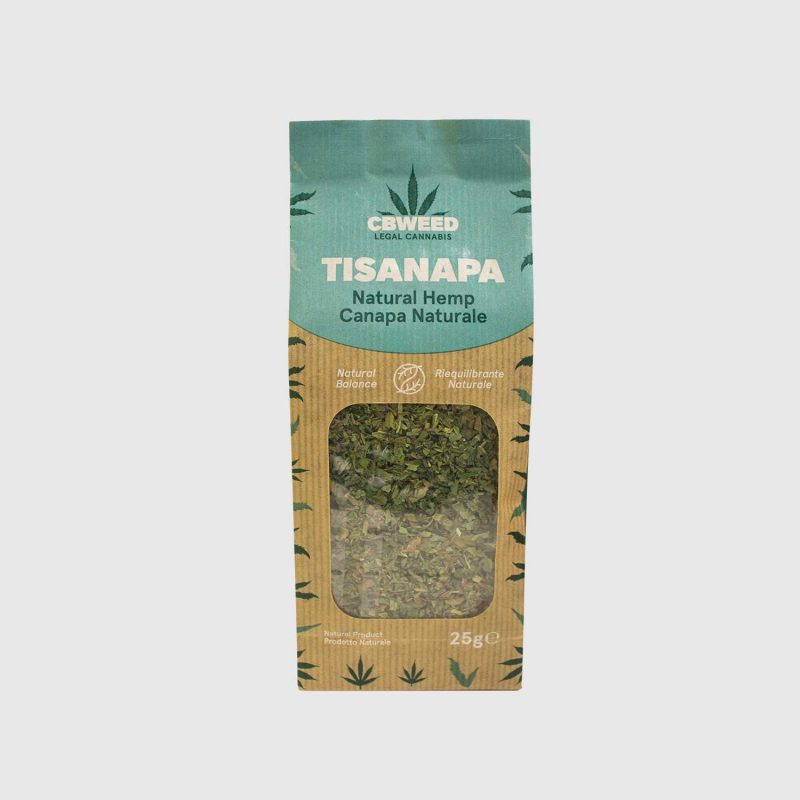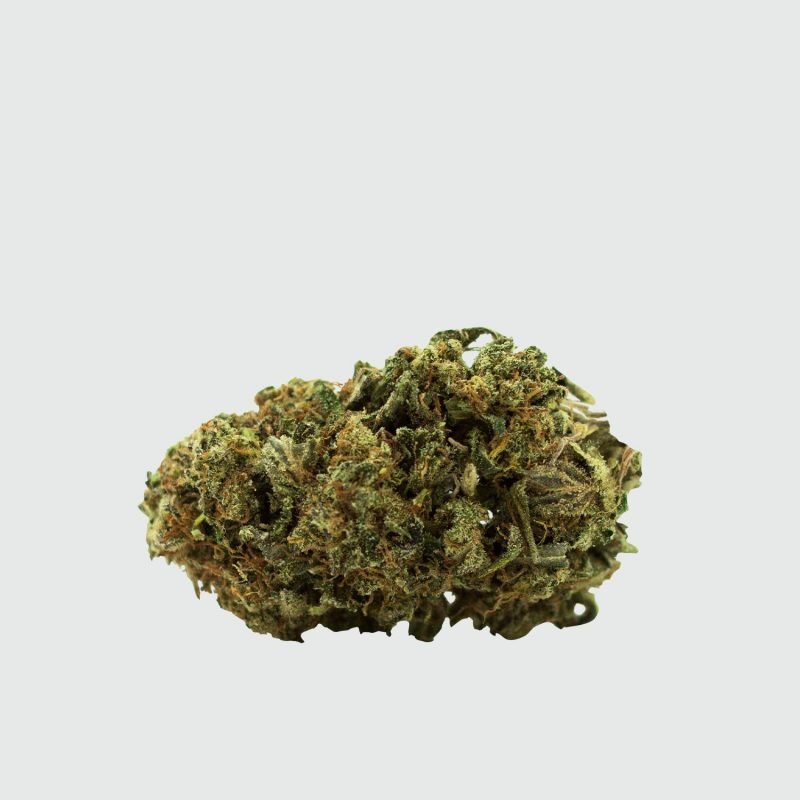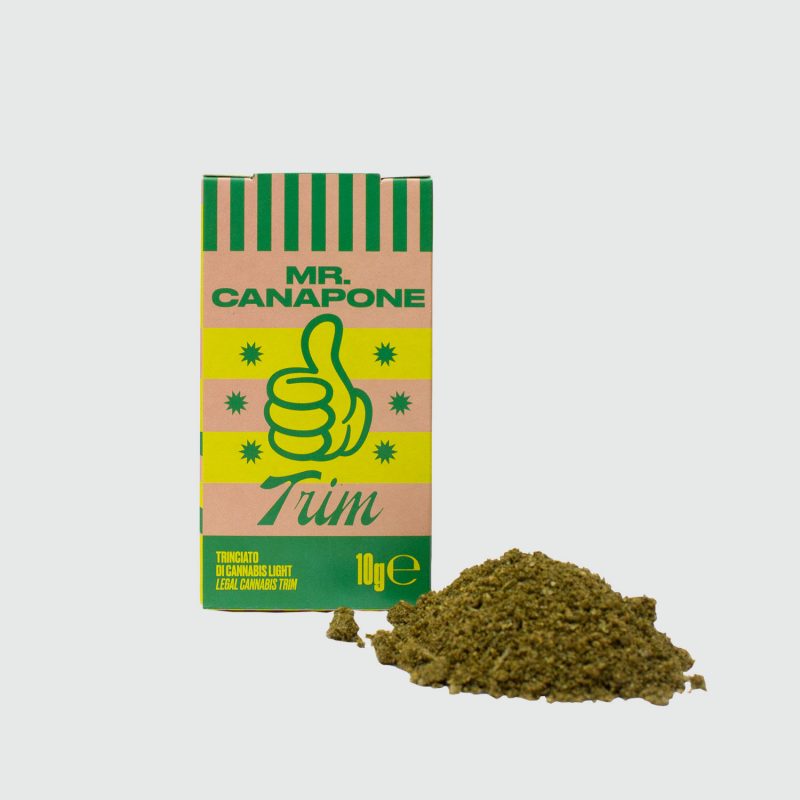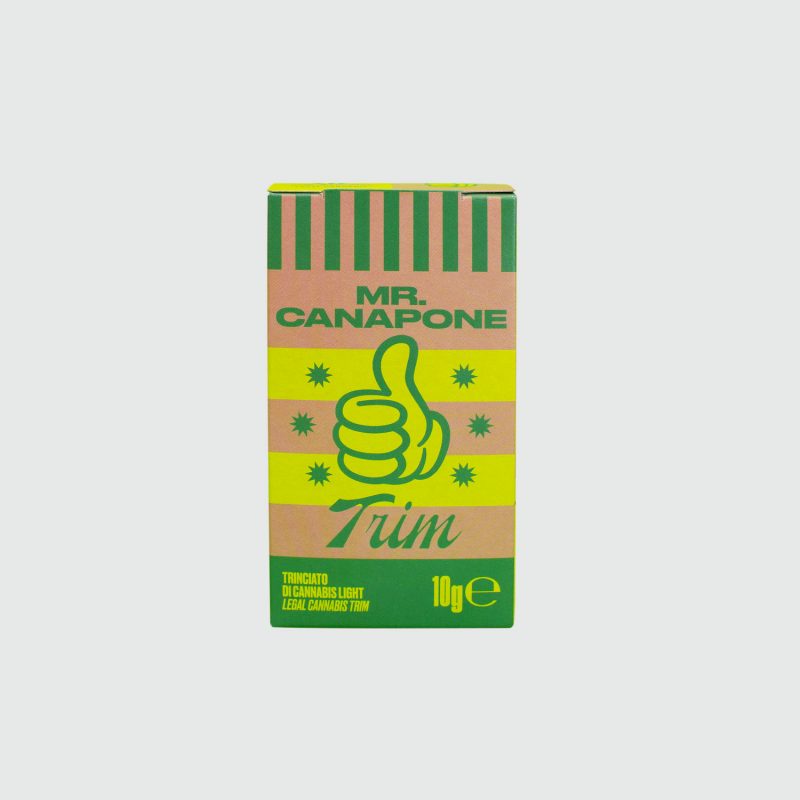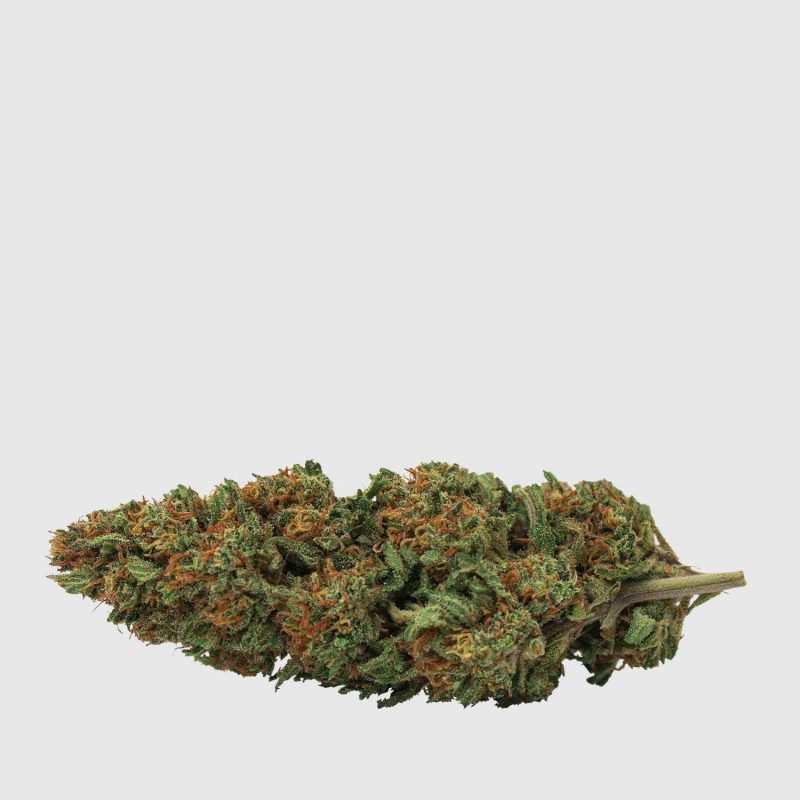Can migraines be cured and relieved with CBD/THC?
What medical research really says about the relationship between cannabinoids and headache
Those who suffer from migraines know that there are many forms of headaches and that some of these can be highly debilitating, so much as to ruin not only a day but often entire periods of someone’s life. Cyclic or chronic headache is a problem that affects a very high percentage of the world’s population, but unfortunately, there are still no specific cures or solutions. But perhaps science has been progressing since therapeutic cannabis was cleared because, yes, cannabinoids could also help to find a solution for doctors and researchers who have been trying so hard.
What a headache looks like
Each headache has specific characteristics: for some, it increases sensitivity to light and loud noises, for others nausea takes over to trigger real episodes of vomiting, in general, a strong headache can cause disorientation and make it difficult to perform normal daily actions until the situation improves. Also, the duration of the headache varies from person to person: for some, it is very intense attacks that last a few hours, others suffer for a long time but in a less intense way.
You may also be interested in:
Treating depression with CBD and Cannabis Light
Classification of headaches
At a medical level, a headache is generally defined as a cephalalgy, a term that indicates a localized pain in the area of the head and neck. Headaches can be classified in various ways: the standard system is the one devised by the International Headache Society which divides headaches into two major categories, primary and secondary. The most common one is the primaries, in which the pain does not depend on the onset of other pathologies, while the secondary ones the pain is the manifestation of another health problem.
The primary headaches can then be distinguished into:
- migraine;
- tension-type headache;
- cluster headache.
The percentage of the adult population that presents headache with a certain frequency is 46%, of these 11% suffer from migraine, 42% of tension headache (the most common form of all), the rest of a mix between the two forms of headache; a reduced percentage of cluster headaches. Migraine is a highly debilitating form of headache that can also lead to severe neurological symptoms; it’s more common in women and it often arises in preschool ages.
What triggers a headache
The mechanisms that trigger headaches are different and we do not yet have a solution to all the components that could trigger the phenomenon. On a physical level, we are certain that they affect the distension, traction or dilation of blood vessels, inflammation or stress of the cranial nerves, extracranial, cervical and meninges muscles.
The vasomotor disorder is typical of migraine and cluster headaches; muscle tension is instead a trigger for tension headaches, originating from the unnatural contraction of the head, neck and shoulder muscles and is highly correlated to stressful situations. Other triggers are hormonal changes, nutritional deficiencies or intolerances, genetic predisposition and environmental factors.
Many specialists claim that migraines can also be triggered by imbalances in serotonin levels, a substance produced by the human body and also known as the “good mood hormone”: this neurotransmitter is involved in numerous and important biological functions, many of which are yet to be fully clarified.
Cannabis and headache
The relationship between cannabinoids and serotonin is very close, in fact, the cannabinoid receptors are involved in the production and inhibition of serotonin, which is why many scientists are focusing their research on cannabinoids, in particular, THC. But CBD can also be a godsend, especially for those suffering from headaches due to tension, precisely because of the soothing and anti-inflammatory effects for which this cannabinoid has become famous.
Clinical studies on cannabis and headaches
A 2017 study presented by Italian researchers at the Congress of the European Academy of Neurology found significant benefits in the treatment of headaches with therapeutic cannabis. The study involved a group of 48 people suffering from chronic migraines and provided them with THC and CBD oral administrations. The result found was that acute pain symptoms decreased with an average of 55% in the study population, with a 40% reduction in the occurrence of monthly episodes.
Also, previous studies report effective results for the treatment of migraines with cannabinoids very similar to the one we talked about.
Obviously we are still far from being able to claim that cannabis use can solve the problem and be considered the final solutions for all of the headaches in the world, because it would be simplistic to think that a phenomenon so complex and dictated by factors so different can have only one panacea, but we expect that medical researches will increasingly bear fruit in this direction.
RECOMMENDED PRODUCTS


 Italiano
Italiano


